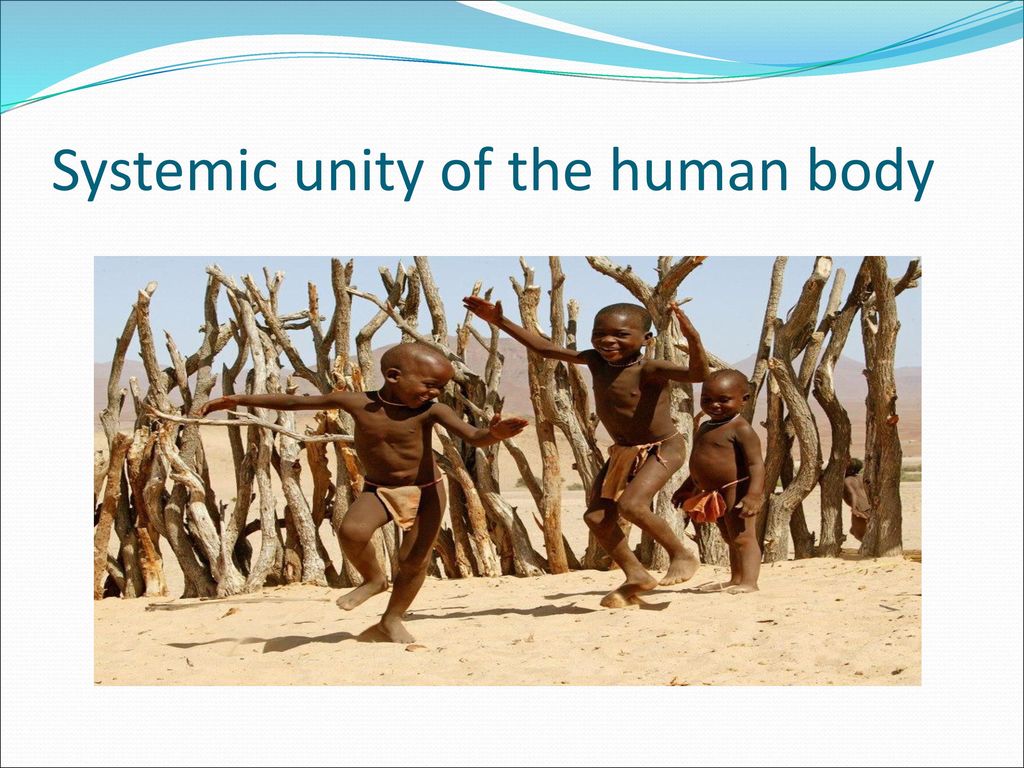Human life Lecture ppt download Biology Diagrams Human Body Anatomy. The human body is a complex and intricate system, composed of cells, tissues, organs, and organ systems, all working together to ensure homeostasis and the viability of the human organism. Cells and Tissues. The body contains trillions of cells, the fundamental unit of life. The human body is a complex system of organs, tissues, and structures that work together to sustain life. Each organ has a specific location and function, contributing to processes like circulation, digestion, and respiration. Understanding this organization provides valuable insights into health, medical diagnostics, and treatment strategies. Human body parts are categorized into different systems. For example, the skin and its appendages belong to the integumentary system, all structures involved in digestion to the digestive system, and all bones of the body to the skeletal system. In systemic anatomy, the systems are studied one by one (as opposed to regional anatomy). Compare:

Nervous System The nervous system consists of the brain, spinal cord, sensory organs, and all of the nerves that connect these organs with the rest of the body. Respiratory System The respiratory system provides oxygen to the body's cells while removing carbon dioxide, a waste product that can be lethal if allowed to accumulate. Here is a comprehensive list of the organs in the human body with their functions: Central Nervous System: Brain: Controls body functions and processes. Spinal Cord: Transmits signals between the brain and body. Circulatory System: Heart: Pumps blood throughout the body. Blood Vessels (arteries, veins, capillaries): Transport blood. Respiratory Systemic anatomy encompasses the study of the human body's structures and systems at different levels, from gross visible anatomy to cellular and molecular levels. It involves understanding the anatomy of various body systems, such as the skeletal, muscular, cardiovascular, nervous, endocrine, digestive, respiratory, urinary, and reproductive systems.

Human Anatomy and Physiology I Biology Diagrams
Skeletal system The skeletal system is composed of bones and cartilages.There are two parts of the skeleton; axial and appendicular. The axial skeleton consists of the bones of the head and trunk.The appendicular skeleton consists of the bones within the limbs, as well as supporting pectoral and pelvic girdles.. There are 206 bones in an adult human body.

The human body is the physical substance of the human organism. Characteristic of the vertebrate form, the human body has an internal skeleton with a backbone, and, as with the mammalian form, it has hair and mammary glands. Learn more about the composition, form, and physical adaptations of the human body. Systemic anatomy, the second branch of human anatomy, subdivides the body into discrete organ systems that work together towards a common goal or function. The ten systems are called integumentary , musculoskeletal (skeletal, muscular), nervous , endocrine , circulatory , respiratory , digestive , urinary , reproductive, and lymphatic.

Systemic anatomy Definition and Examples Biology Diagrams
Figure 1.1: The image includes 6 systems of the body. The Integumentary System encloses internal body structures and the site of many sensory receptors. Consists of hair, skin, and nails. The Skeletal System supports the body and enables movement along with the muscular system. Consists of cartilage, bones, and joints.
